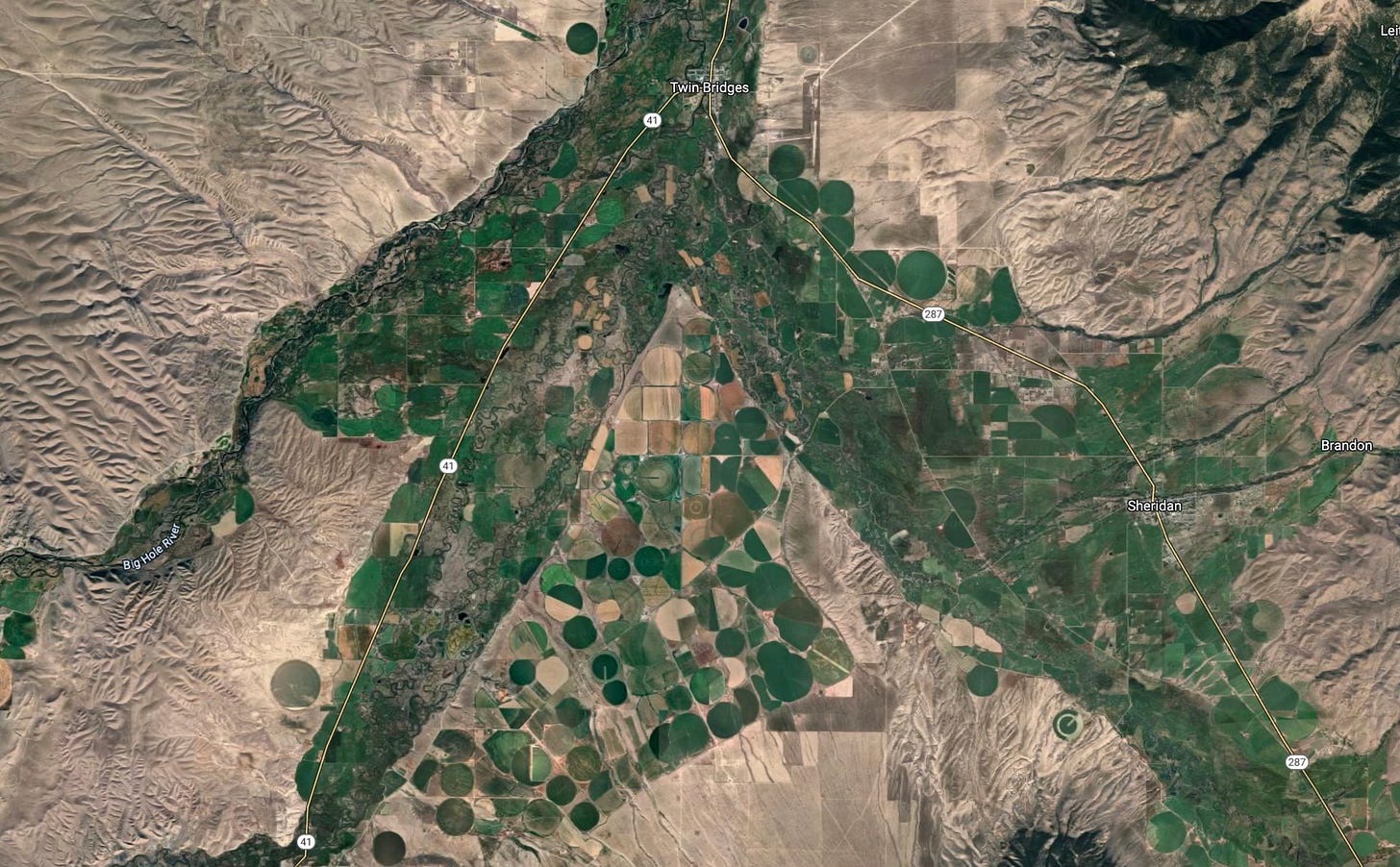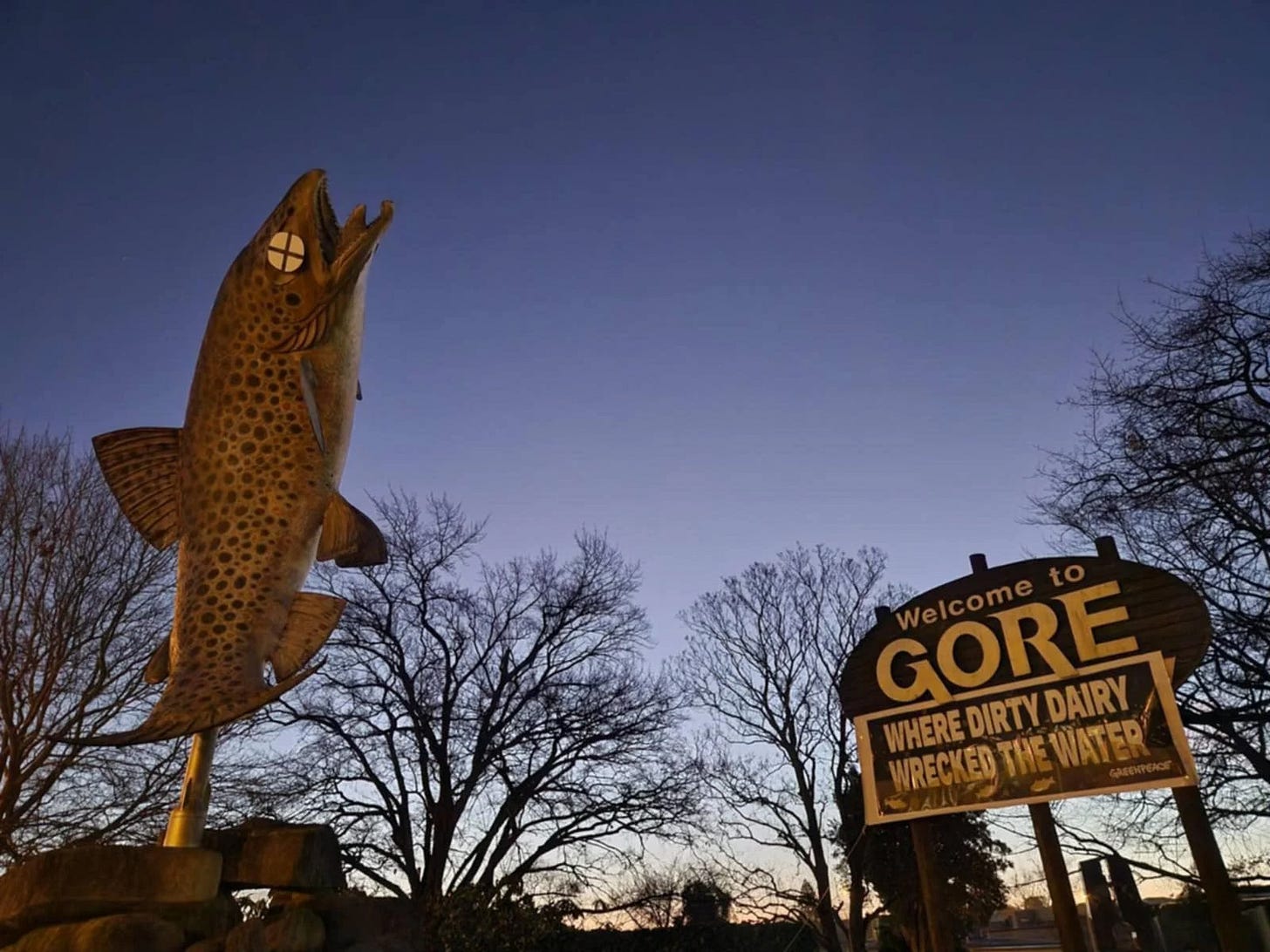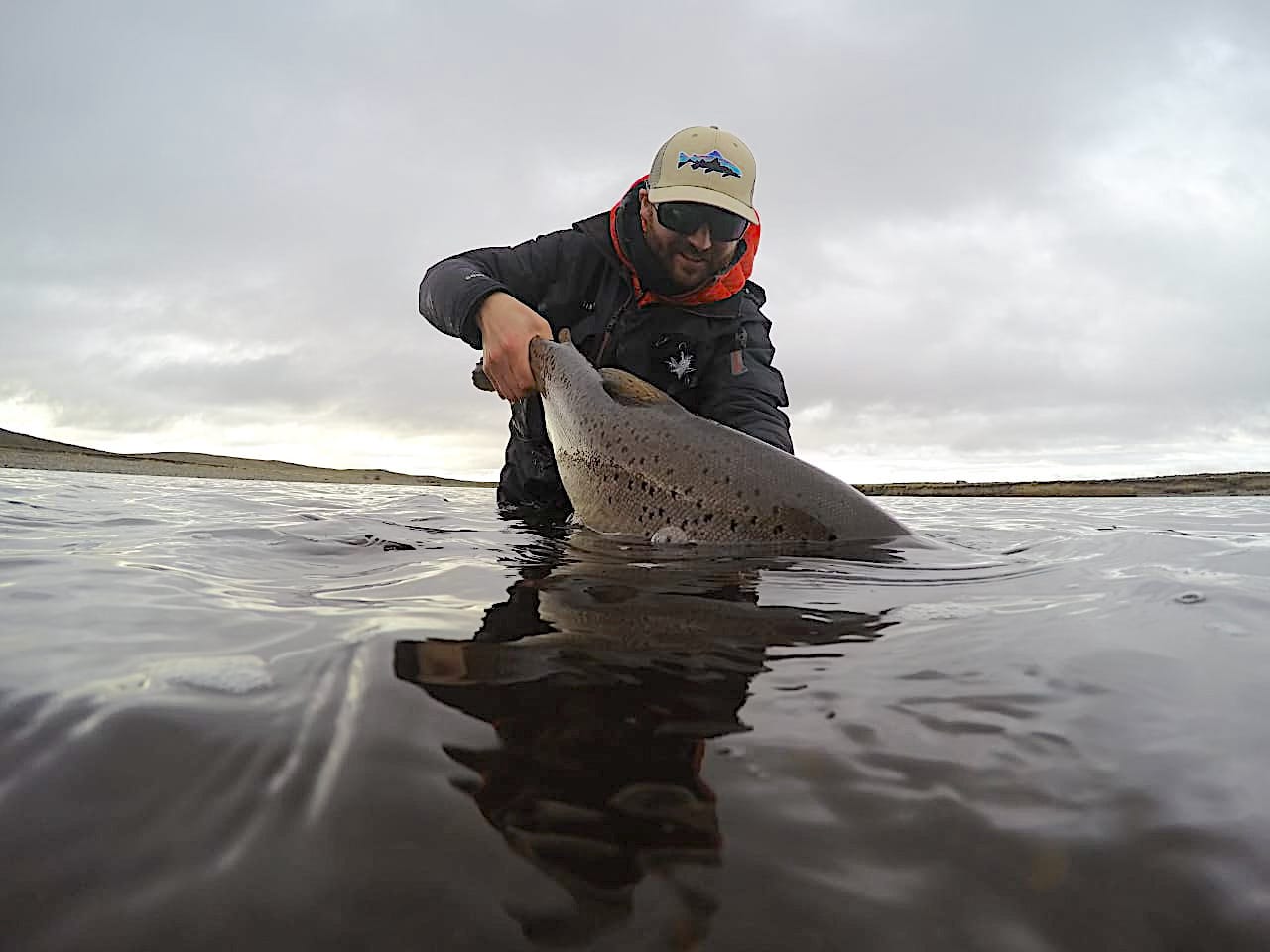The decline of Montana’s iconic trout rivers continues to hit home.
Last week in The Weekly Five – Ep 29, I shared a note on the Big Hole, Beaverhead, Ruby, and Jefferson – rivers central to the Missouri River system and once among the finest wild trout fisheries in the American West.
I heard back from a reader who knows this watershed intimately, having fished and followed its changes for decades. His message confirmed what many now know and fear: the Big Hole is in real trouble. Climate change, diminished snowpack, and aggressive agricultural water withdrawals are pushing this river system to the edge.
One piece of the puzzle trying to hold it all together is the Big Hole Watershed Committee – a collaborative, voluntary group working across boundaries to improve river health and water use in the valley. Their work includes habitat restoration, flow monitoring, and bringing together farmers, anglers, and communities to find solutions. It’s one of the few remaining models of locally led river conservation that still attempts to bridge the divide. You can read more – and support their work – at bhwc.org.
Spreading from Twin Bridges to Dillon, a plague of measle-like green circles now pocks the landscape. What part should farmers play in addressing the water problem?
I went back to a 2021 article in The New York Times – Montana’s Famed Trout Under Threat as Drought Intensifies. It’s a grim read, but worth revisiting.
Alongside the usual suspects – drought, pollution, climate change, and “the crush of anglers” – there was one line under ‘other threats’ that stood out: agriculture.
The article notes that ranchers once relied on flood irrigation, which allowed roughly half the diverted water to return to the river system. Now, many have switched to pivot irrigation – far more efficient from a crop-yield standpoint, but almost entirely consumptive.
“We may have altered groundwater so much that brown trout haven’t been able to adapt,” – Patrick Byorth, Trout Unlimited
It’s a quiet shift, hidden under center-pivots and wheel lines, but one with huge implications for trout streams already teetering on the edge.
Hey Southland, Don’t Drink the Tap Water!
Just as Montana’s pivot‑irrigated fields have silently shrunk river flows and imperiled trout, back here in New Zealand the shift to intensive dairy farming is doing the same – only underground.
Last week in Gore – Brown Trout Capital of New Zealand – nitrates from farm runoff infiltrated the town’s main water bore, pushing levels to 11.4 mg/L, just over the legal limit, and triggering a three-day do-not-drink notice. Nitrates have been linked to increased risks of preterm birth and bowel cancer, even at concentrations well below official thresholds.
The irony cuts deep. Gore markets itself on the strength of its trout fishery – yet the very waters that support that identity are now unsafe to drink. And despite the headlines, the source isn’t a mystery: Gore’s water comes from bores on intensively farmed dairy land. The culprits are cow urine and synthetic nitrogen fertilizer – leaching steadily into groundwater.
Here, as in Montana, the political convenience of high-output agriculture has quietly reshaped freshwater systems. Until public health and trout habitat alike are on the line.
Greenpeace Aotearoa defaced Gore’s iconic Brown Trout to protest the town’s drinking water crisis and the role of dairy pollution in poisoning it.
Bridging nothing in Southland
Unlike Montana’s BHWC – where ranchers, anglers, and landowners come to the table to find shared solutions – Southland’s response has been combative.
When Fish & Game and Forest & Bird won a Court of Appeal ruling requiring resource consents for diffuse farm discharges, Federated Farmers Southland hit back hard.
They launched a boycott, called on farmers to remove private angler access signs, and urged hunters and anglers to buy their licenses outside Southland – a calculated effort to defund the regional Fish & Game council.
Then came the leaks: internal emails showing Fish & Game personnel bragging about cutting down protest ribbons, further eroding trust. Ongoing disputes over gravel extraction and lagoon openings only deepened the divide.
What’s missing isn’t passion – it’s cooperation. While Montana’s Big Hole model shows what’s possible when stakeholders work together, Southland remains stuck in a cycle of legal battles, media stunts, and mutual distrust. And our rivers – as always – pay the price.
* Footnote for the film buffs:
When A River Runs Through It was filmed in the early 1990s, the Blackfoot River – the story’s actual setting – was already in rough shape. So producers used the Gallatin, Yellowstone, and Boulder rivers to stand in for Montana’s lost paradise. Three decades later, many of those same stand-ins are now under stress. It’s a sobering reminder that the rivers don’t always run through it – not forever, and not without help. Support the Big Hole Watershed Committee.






